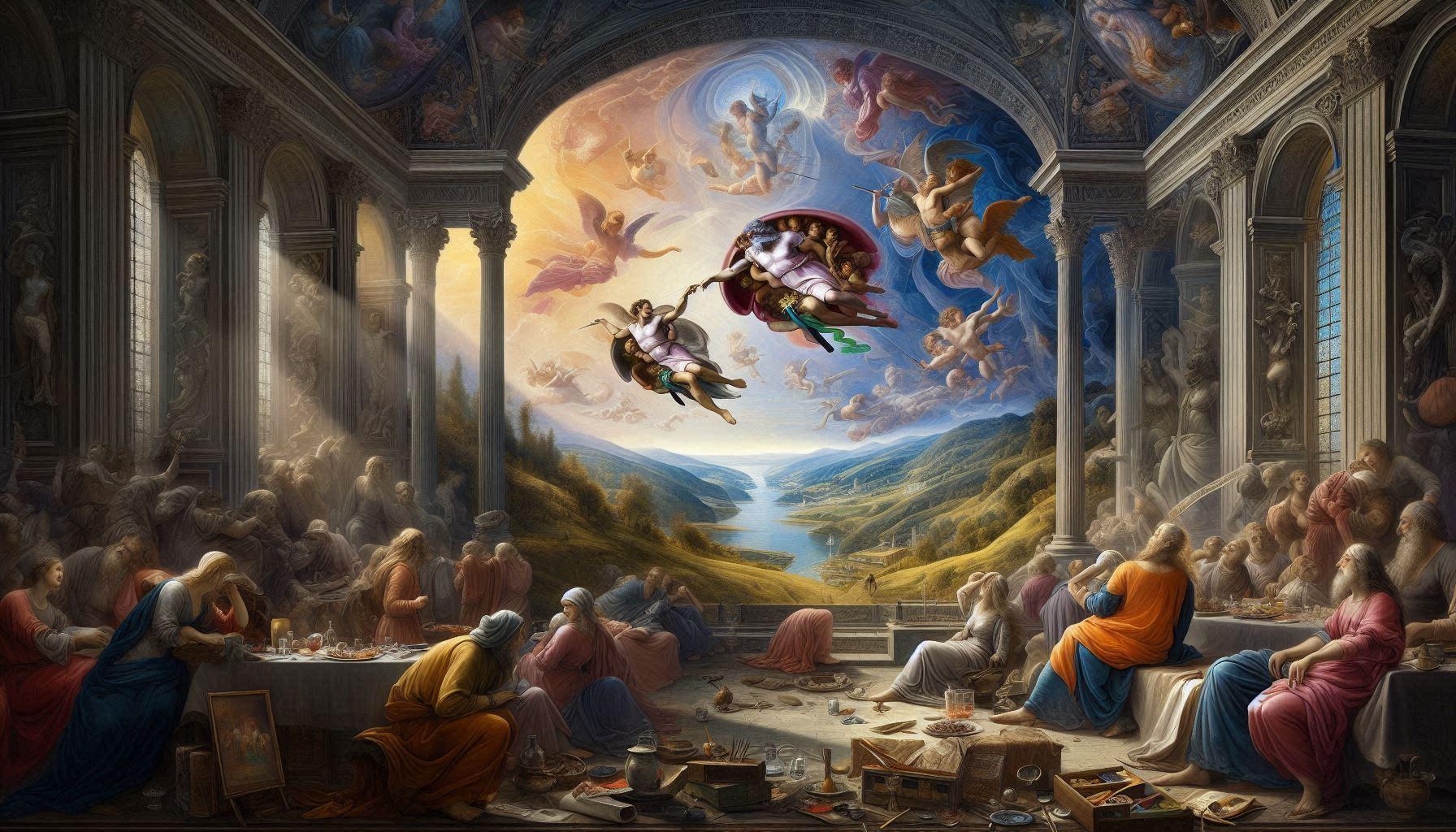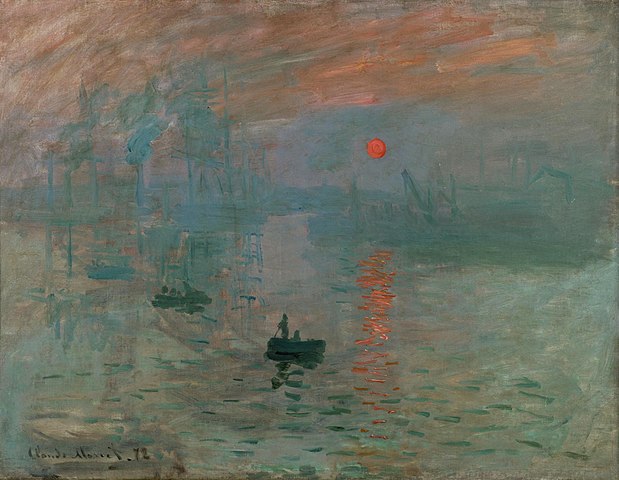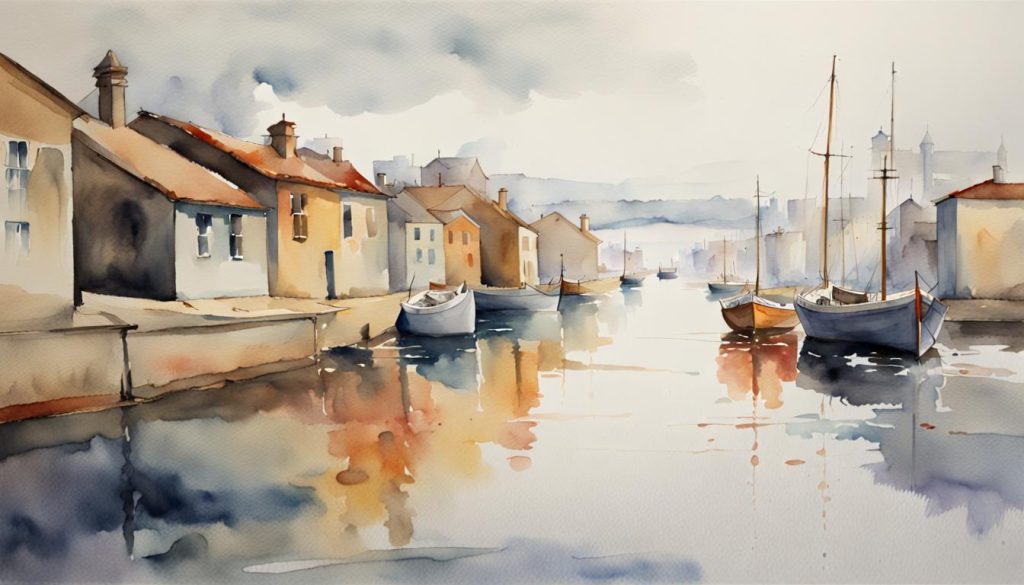
Throughout art history, certain ground-breaking artists emerged who changed the entire trajectory of their genres through radical innovations. With their pioneering styles and techniques, these most influential artists went on to inspire countless peers and successors, fundamentally reshaping the creative landscapes of their eras. In this post, we will explore 10 iconic artists who exerted immense influence over other painters through their contributions.
Michelangelo
Michelangelo took the Renaissance by storm as one of the era’s most prolific and talented painters, sculptors, and architects. His awe-inspiring ceiling frescoes for the Sistine Chapel elevated fresco painting to new heights through masterful uses of composition, emotion, and human anatomy. Younger artists like Raphael and Leonardo da Vinci spent hours studying Michelangelo’s masterworks to glean insights from his formidable skills. His influence spread throughout Europe, breathing new life into Mannerism and further innovations. To this day, Michelangelo stands as one of the most enduringly influential artists in history based on his paradigm-shifting works.
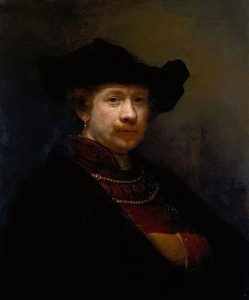
Rembrandt
Rembrandt’s intensely personal self-portraits demonstrated an unparalleled capacity for emotional expression and psychological probing never seen before. His mastery of light, shadow, and minute details went on to inspire the Rococo movement’s emphasis on texture and intimacy. Artists like Fragonard, Gainsborough, and Reynolds studied Rembrandt’s emotive techniques, cementing him as the most prominent influential artist from the Dutch Golden Age.
Diego Velázquez
- Velázquez was the official court painter to King Philip IV of Spain, producing masterful portraits that set a new royal standard across Europe.
- His canvases broke conventions through luminescent color palettes, sfumato shading, and hyper-realistic observation. Younger artists like Goya and El Greco poured over Velázquez’s Royal portraits seeking his esteemed brushwork secrets.
Velázquez’s radiant portraits of Spanish aristocracy burst onto the scene in the 1600s, fundamentally altering how royalty chose to be immortalized through regal yet intimate representations. His innovations helped establish portraiture as fine art’s most lucrative genre and cemented Velázquez as one of history’s truly influential artists.
Moving into the modern era, let’s explore some pioneering 20th-century painters who left indelible marks…
Pablo Picasso
Picasso ushered in the modern art revolution through his daring Cubist deconstructions of form. By breaking subjects into geometric facets, Picasso liberated artists to look beyond surface appearances. Artists like Braque, Léger, and Gris eagerly adopted Cubism, propelling the style worldwide. Later surrealists were also indebted to Picasso for inspiring new perceptual frameworks outside of traditional realism. No single influential artist did more to catalyze art’s deep plunge into abstraction than the groundbreaking Spanish master.
Vincent van Gogh
“I know nothing with any certainty, but the sight of the stars makes me dream.” – van Gogh
Van Gogh’s Expressionist portrayals of nature’s emotional essence through swirling colors and textured brushwork opened new doors for artists grappling with inner sensations. Gauguin, Modigliani and many more Post-Impressionists found solace in van Gogh’s soulful works as he singlehandedly expanded the palette of nature’s moods. His letters further inspired generations with philosophical musings on art’s purpose. As one of history’s most tormented influential artists, van Gogh’s searing visions still resonate deeply today.
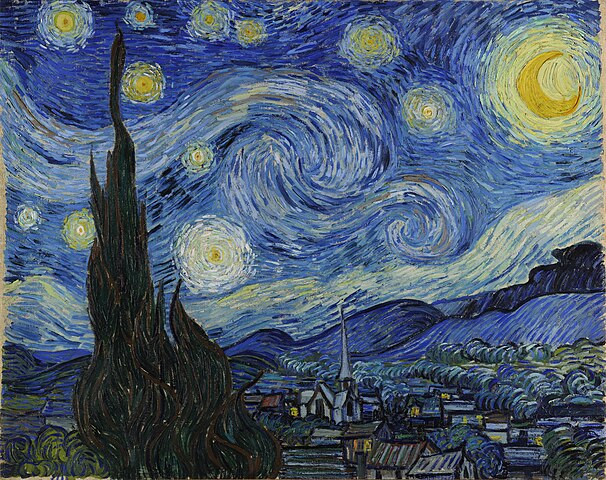
To conclude our survey of history’s 10 most influential artists ranked by the magnitude of their creative impacts, here are a few more seminal figures who shaped subsequent generations…
Georgia O’Keeffe
O’Keeffe was a trailblazing American modernist most famous for her vibrant enlarged florals and Southwestern landscapes. By tapping into nature’s intimate essence, O’Keeffe liberated female artists to express themselves freely through suggestive forms. Contemporary artists like Alice Neel and Helen Frankenthaler drew from O’Keeffe’s empowering depictions that pushed artistic boundaries. She remains one of the most prominent influential female artists who expanded artistic perceptions of femininity.
Here are 3 more influential artists and their impacts:
Frida Kahlo
- Mexican painter Frida Kahlo carved out a vital space for herself within the male-dominated art world through her deeply introspective self-portraits depicting her experience with illness, disability and femininity.
- Her emotive renderings of physical and psychological trauma resonated strongly with second-wave feminist artists. Contemporary painters like Chitra Ganesh and Shirin Neshat developed feminist visual languages in her wake.
- Kahlo fearlessly expressed her complex Mexican-European identity and bisexuality through symbolic imagery, influencing generations of Latin American and queer artists exploring intersectional themes. She was a pioneering influential artist who expanded representation in the arts.
Jeff Koons
- American artist Jeff Koons revolutionized the concept of artistic appropriation through his brightly colored sculptural pieces gleaned straight from popular culture.
- By lampooning iconography from advertisements and toys, Koons confronted lofty ideas of originality and touched off debates that still shape conversations around authorship today.
- His approaches to mass production and commercial partnerships pushed other artists to test the boundaries between high art and entertainment. Love him or hate him, Koons is undoubtedly one of the most provocative influential artists of the late 20th century.
Yayoi Kusama
- Japanese avant-garde artist Yayoi Kusama broke barriers for women artists through her unique brand of psychedelic patterned paintings, installations and performances.
- Beginning in the 1960s, Kusama incorporated mirrored rooms and mesmerizing polka dots that prefigured many multimedia light and mirror installations seen in museums today.
- Her boundary-dissolving art opened new conceptual realms for artists across disciplines. Even in her 90s, Kusama remains a prolific trailblazer who expanded the scope of art’s healing and reflective potentials through her one-of-a-kind visions.
Andy Warhol
To bring our exploration of history’s most influential artists full circle, Andy Warhol was a true creative disruptor who brought about the Pop Art revolution. By elevating everyday commercial images into fine art statements, Warhol challenged notions of artistic value. Artists today still grapple with his thoughts on art, fame, and consumer culture. Through both his art and his magnetizing persona, Warhol established a precedent for artist as celebrity that shaped future generations of conceptual and commercial practitioners. Truly one of the 20th century’s most impactful influential artists.
In conclusion, through their groundbreaking innovations, iconoclastic visions, and daring departures from tradition, these featured artists established some of the most fertile foundations for diverse explorations that succeeded them. Their impacts demonstrate how certain creative revolutionaries can shift entire landscapes and open doors that change the course of art history through adaptive emulation and inspired progression. The far-reaching influences of masters like Michelangelo, Rembrandt, Picasso, and Warhol underline why they remain some of artistic tradition’s most celebrated influential artists.
